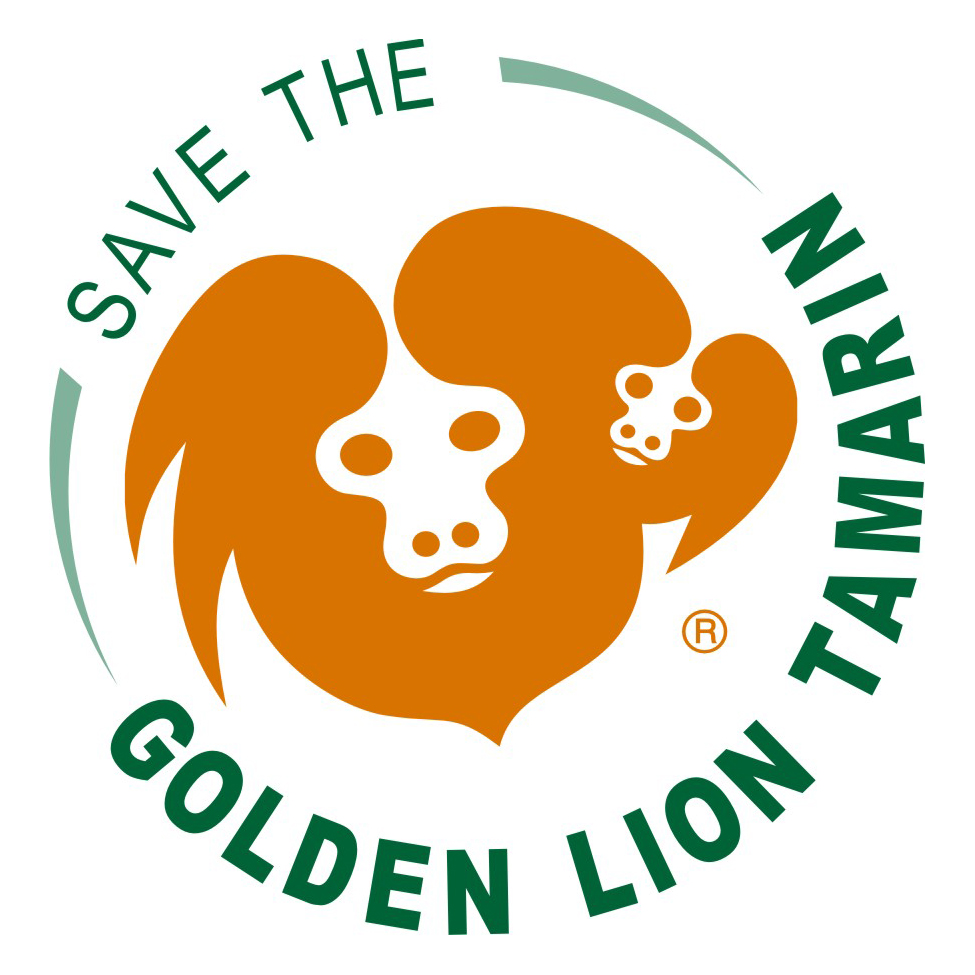Women in conservation: meet Andréia Martins, of the Golden Lion Tamarin Association
Photo by Sally Foster
Biologist Andréia Martins' days start at 5:30 am. That is when she wakes up, takes care of the plants already accompanied by her dog Nino, drinks coffee and, from there, immerses himself in the unique universe of golden lion tamarins. She writes diaries, plans routes for the populations to be visited. At 7:30 am, the car that takes her to the field comes to pick her up. For 38 years she has been dedicated to the species, endemic to the region of Silva Jardim, in the state of Rio de Janeiro, and which has become a conservation success story. Andréia leads a team of five people. All men.
“I think I am lucky because I never faced work barriers for being a woman of color. The team is also very confident, we have known each other since childhood, we are friends. I always simply ask for a task to be done. But, if they don't do it, then I give an order. And, if they do it wrong, I joke that I'm going to tell their wives, ”says Andréia, who, from a career initially focused on teaching, switched to biology.
“The first time I went into the woods to see the tamarins, I felt at home and said: this is what I want!” This first time was in her teens, in the 1980s. The forest switched her thoughts to biology, which led her to occupy, in 1989, the field coordination of the Metapopulation Program of the Mico-Leão-Dourado Association (AMLD), which she saw being created and where he still works today. Andréia has had many chances to join academia, since she supports researchers from all over the world. But her passion is her field work in Silva Jardim. And she learned how to mimic golden lion tamarins’ vocalizations:
“It's a long vocalization, to find out if there are other groups in the area,” she says. "They respond, and sometimes even come towards me".
The coexistence generated a unique familiarity with the animals:
“There is no other person with as much knowledge and experience in the field with golden lion tamarins in nature. No distinguished scientist”, says Luís Paulo Ferraz, AMLD's executive secretary.
Andréia was born in Silva Jardim, a small town within the native range of tamarins, where she grew up “playing in the woods next to her home”. There, however, there were no golden lion tamarins, which she only met in a class in school: she and her colleagues were unaware of the threatened neighbor and it was even difficult to get photos to illustrate her homework. It was a time when the population was approaching extinction.
Almost four decades later, she jokes that she wakes up already tired from working hard in her sleep: her dreams are punctuated by the primates. More than once, she dreamed that babies were born in a certain group. The next day, in the field, she realized that the dream was true.
"I say it is my seventh sense, because the sixth I have already used up", laughs Andréia, who remembers a favorite tamarin. Micoeca was a male rescued from the illegal trade and released in Silva Jardim and who adopted Andréia in his new group.
“There was a female from another group called “Little Rita”. Ritinha had grown accustomed to people and was always jumping on our shoulders. This was not good for her, so we would push her away. Feeling rejected and not afraid of people, she started to attack us. And with each attack, Micoeca came and stood between me and Ritinha, like a protective shield.”
Brave Micoeca ended his days in a shelter, after a violent fight with a capuchin monkey, which caused disabling injuries.
I ask if, after so long, she is tired of seeing monkeys. After a brief silence, in a loud and smiling voice, Andréia replies: “Oh, no way! It is even hard for me to be away on vacation. I imagine a future in which their population will be viable and future generations will have the opportunity to get to know them. I am an optimist”.

